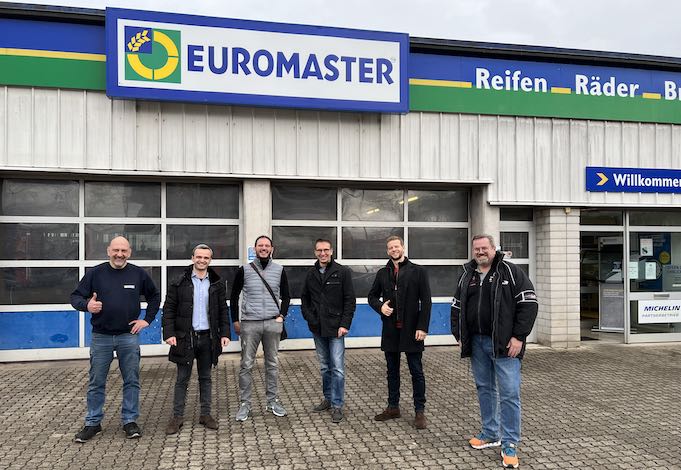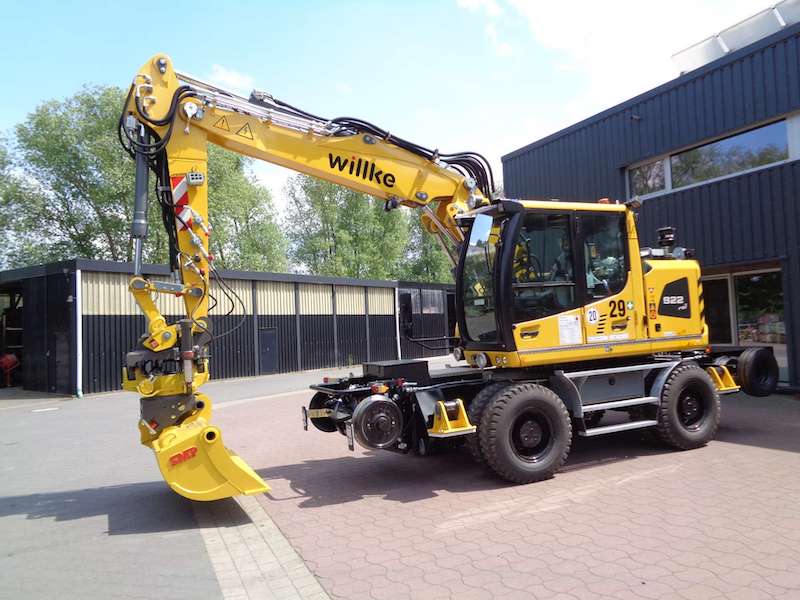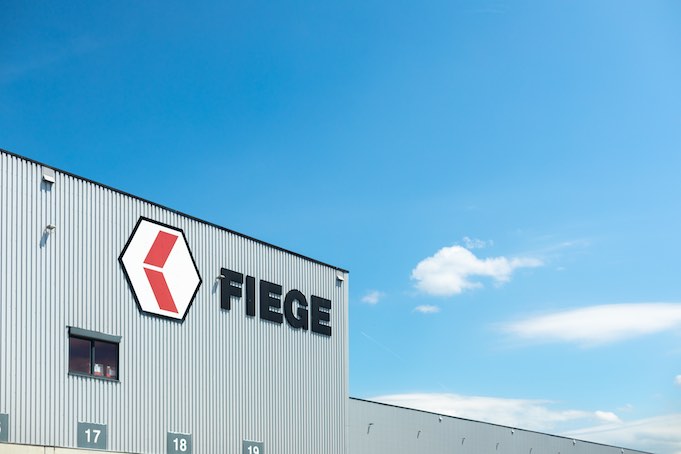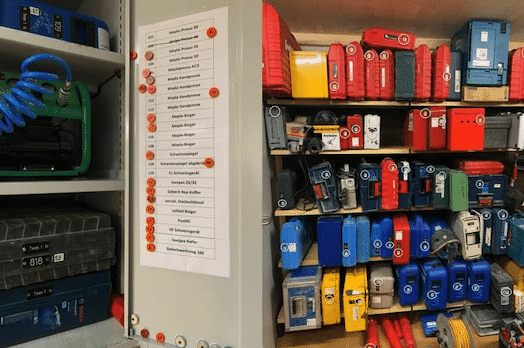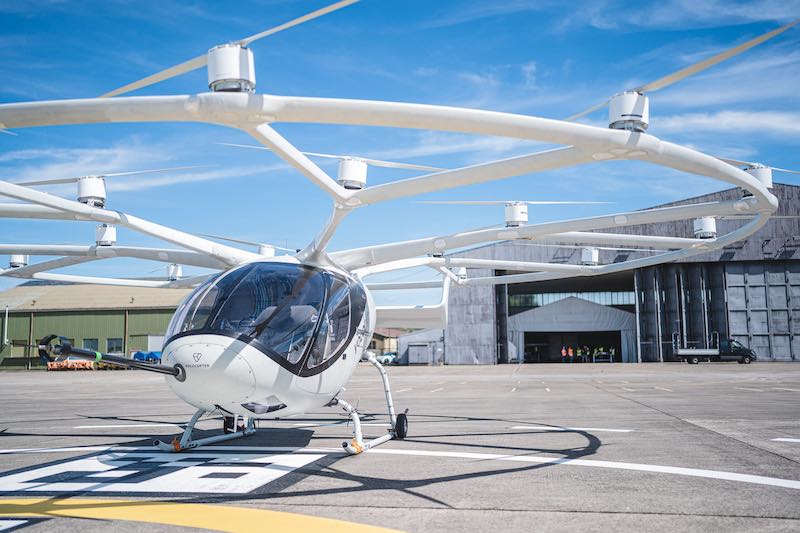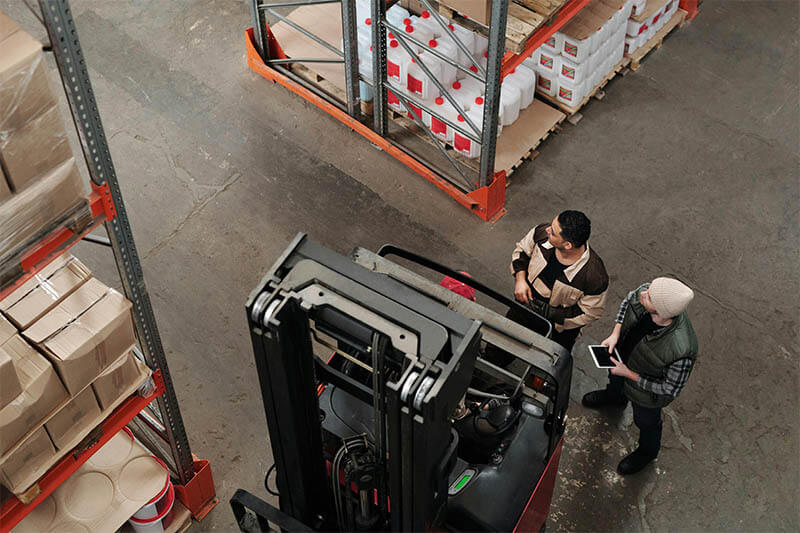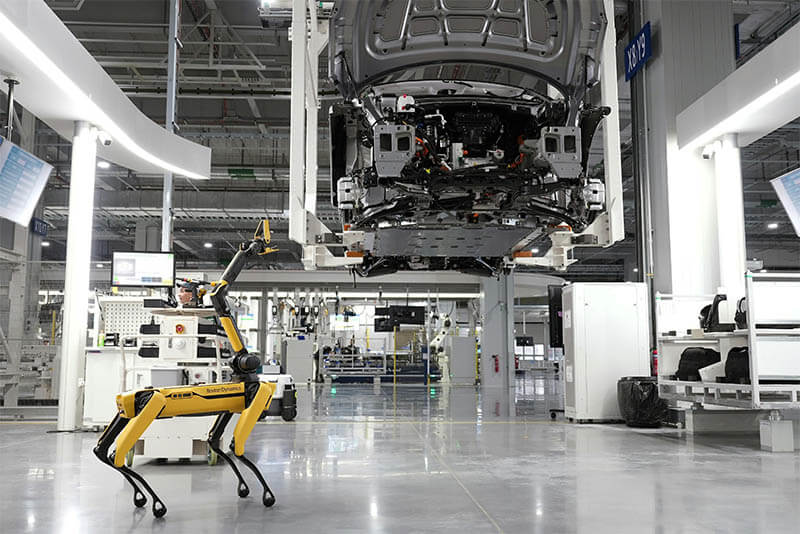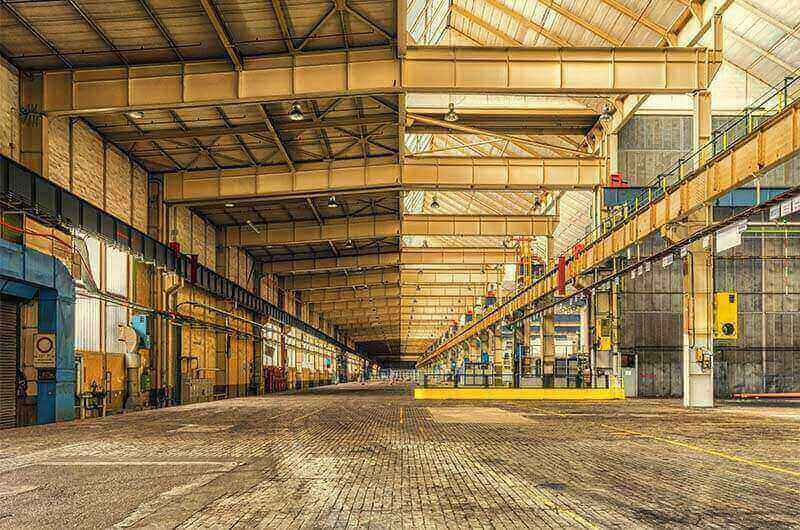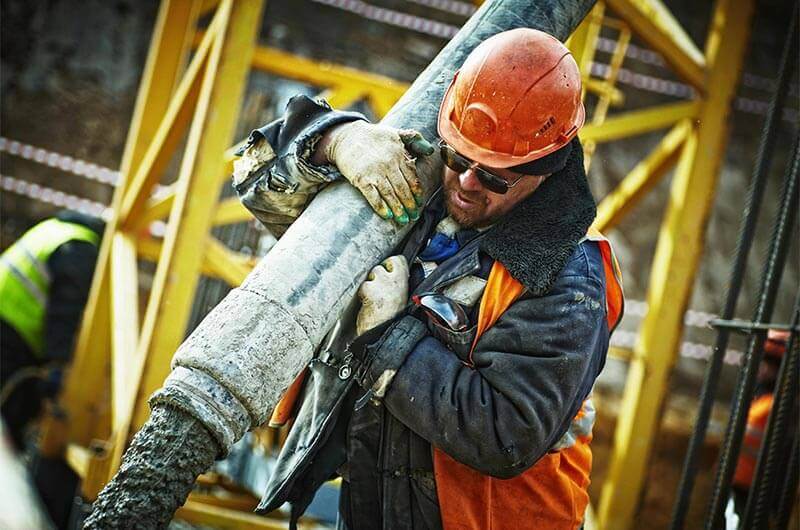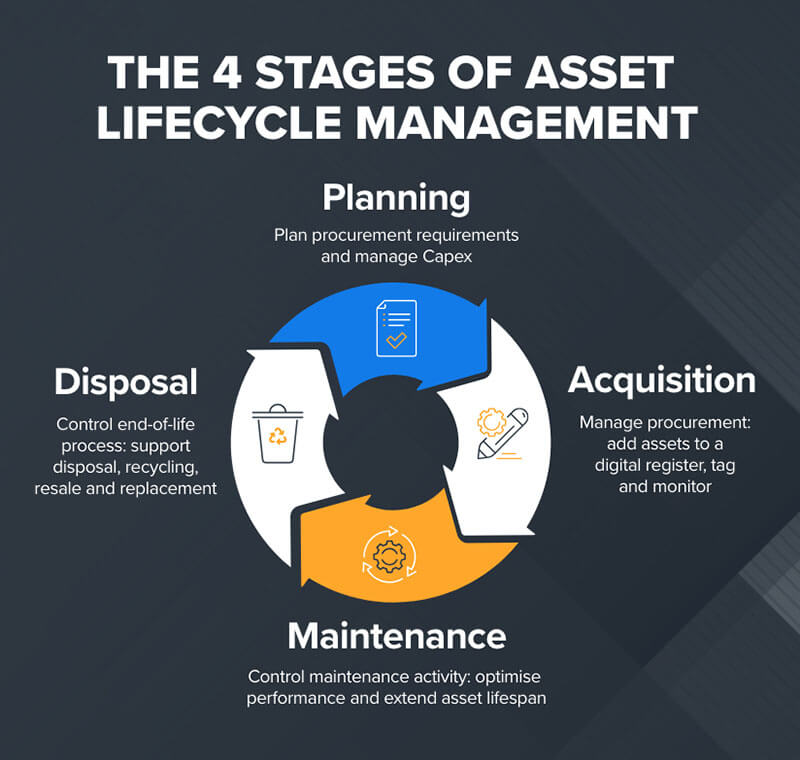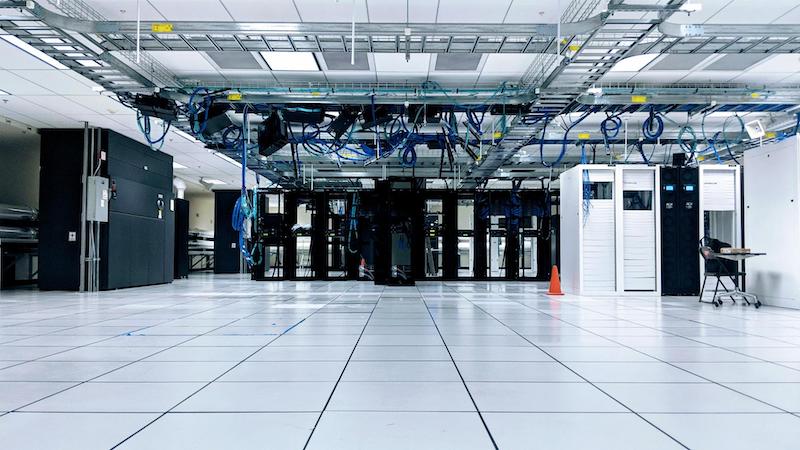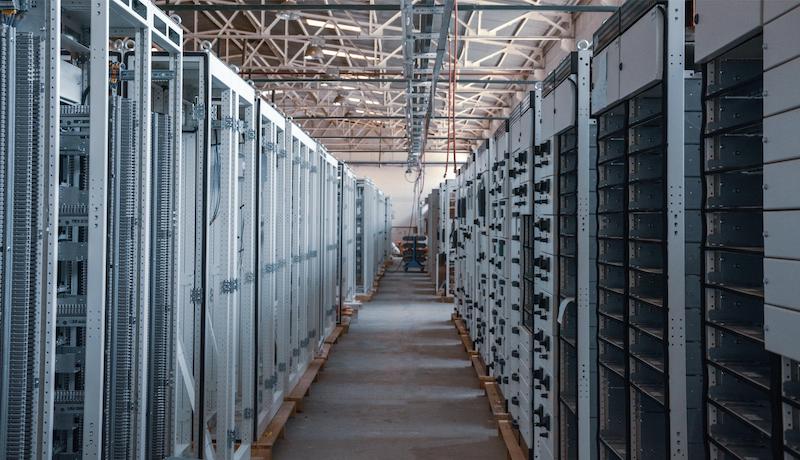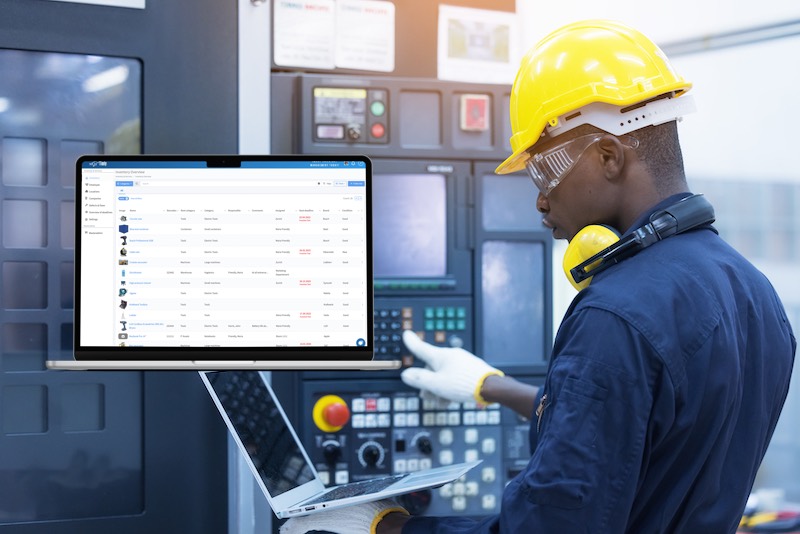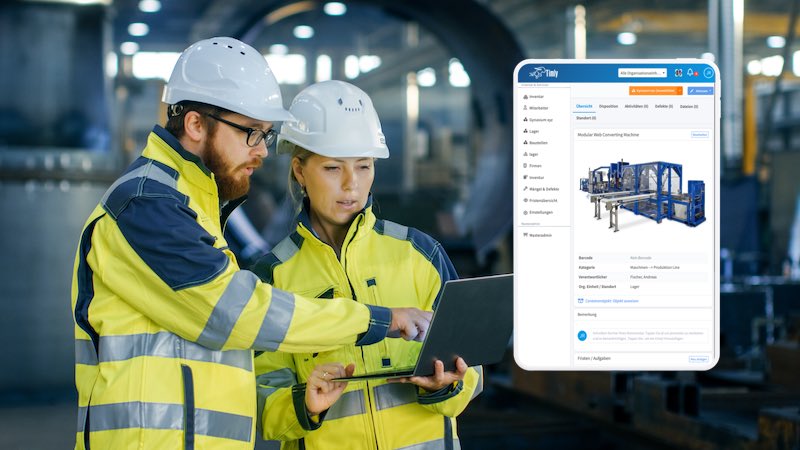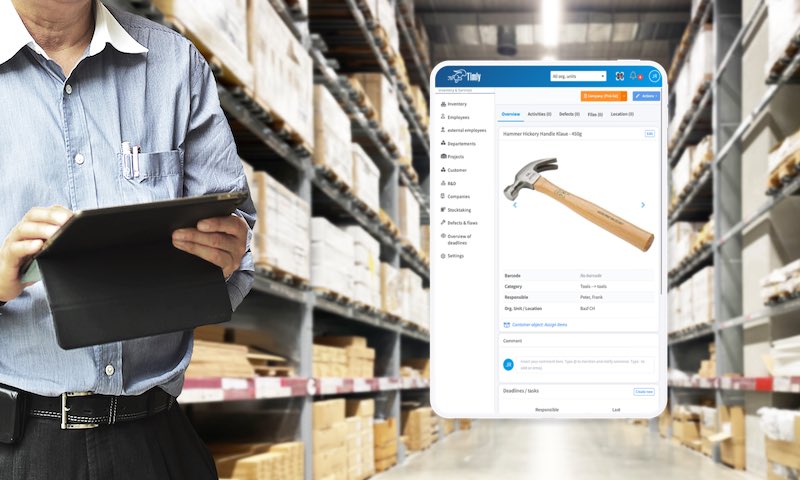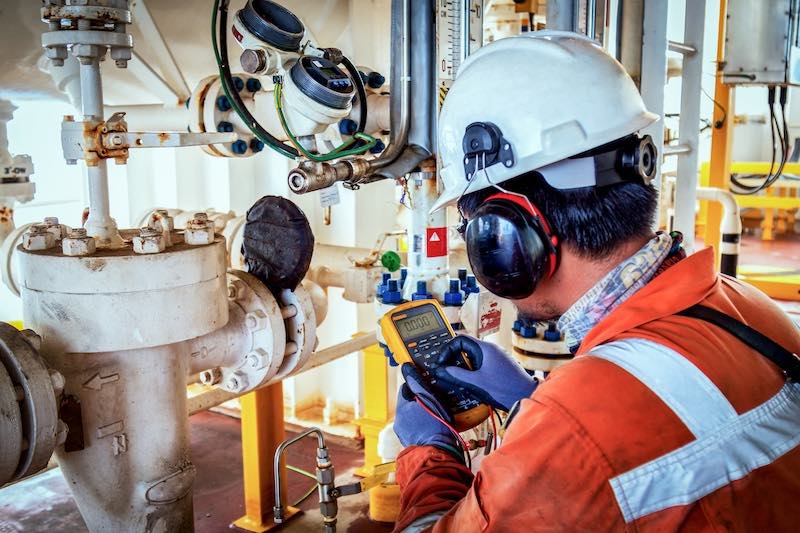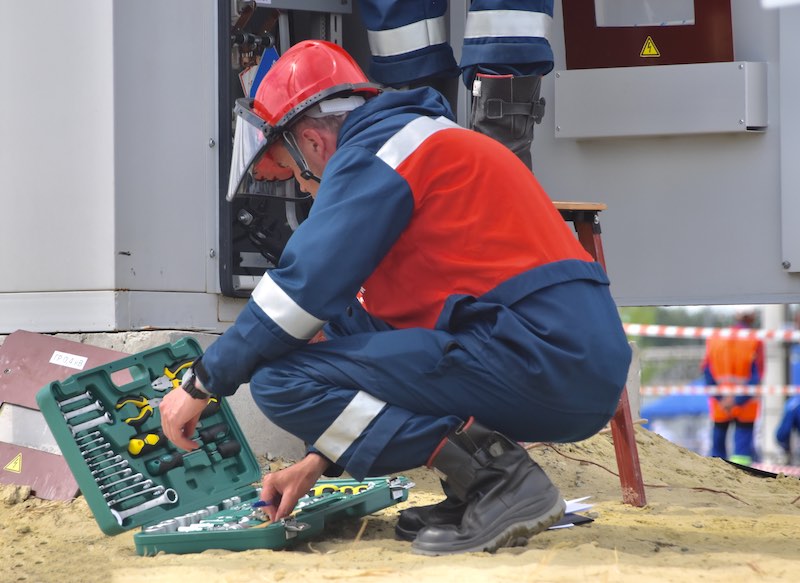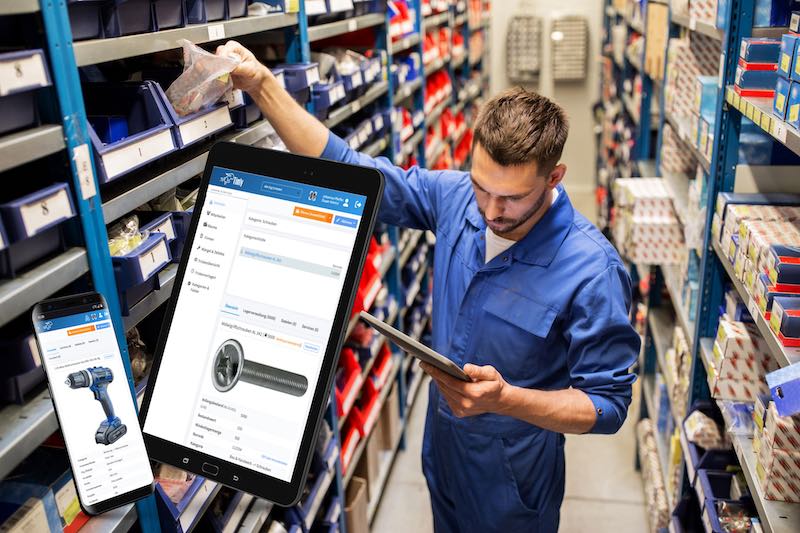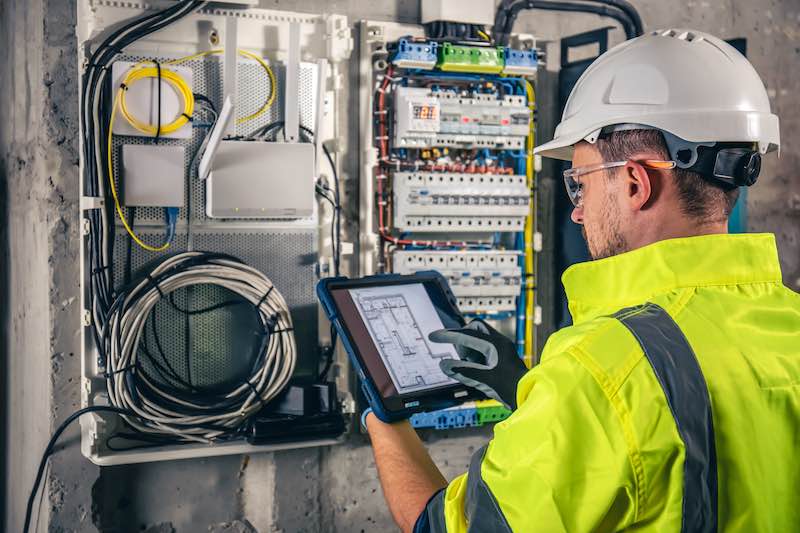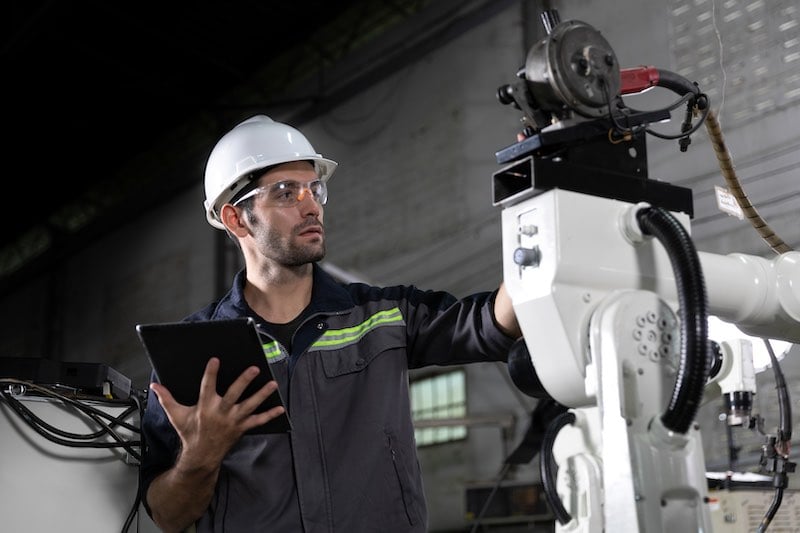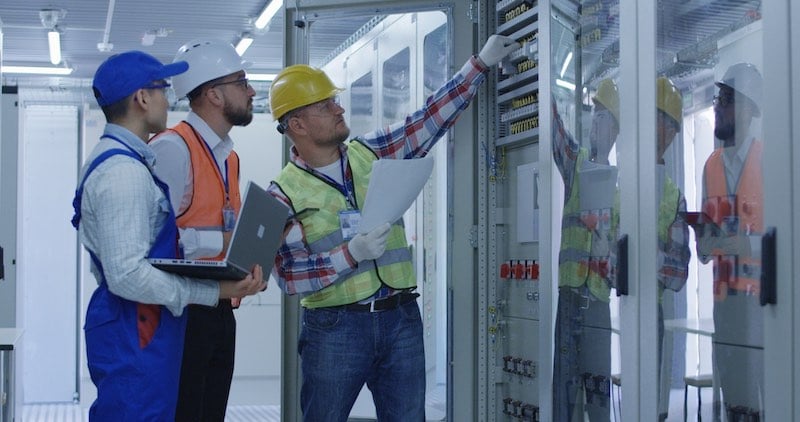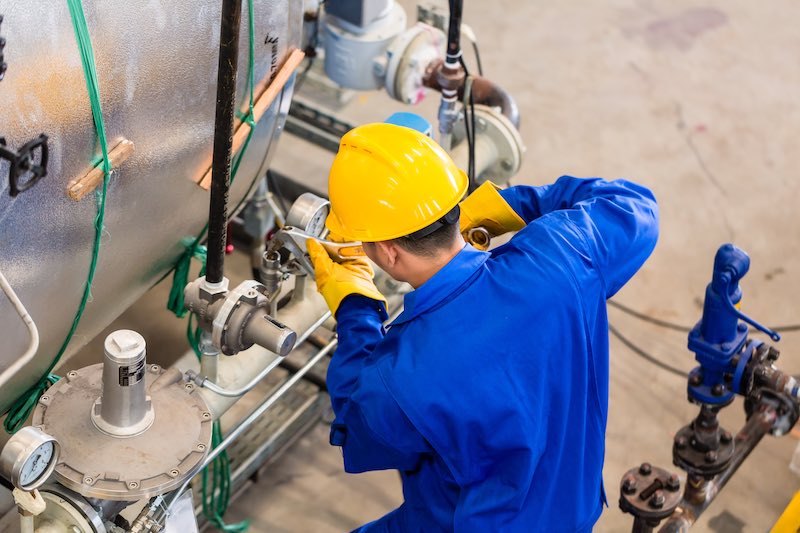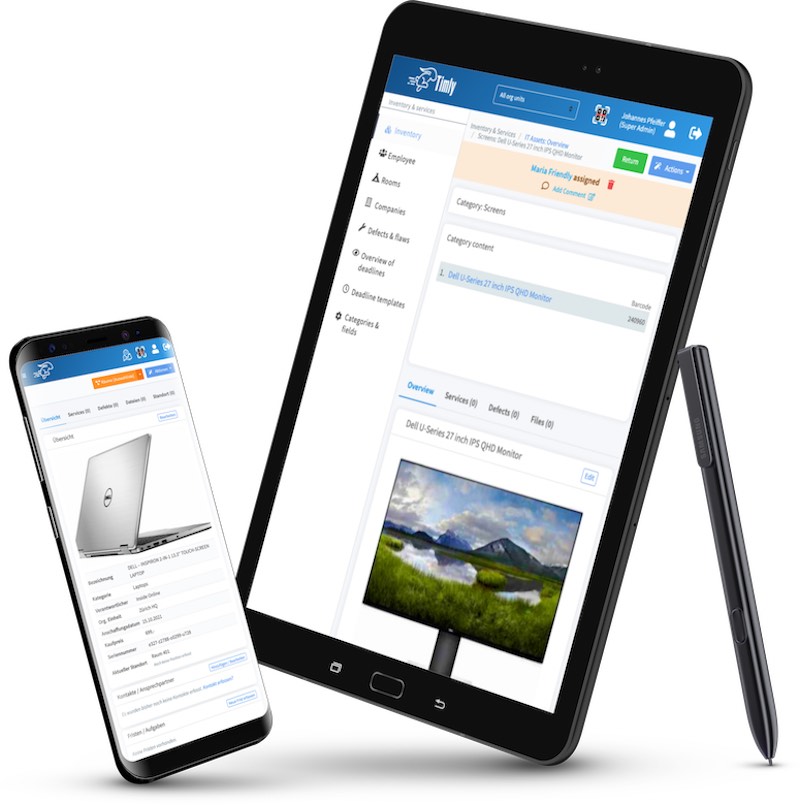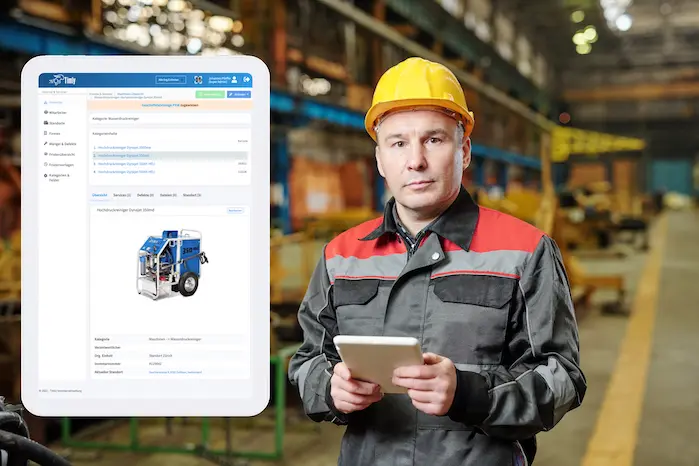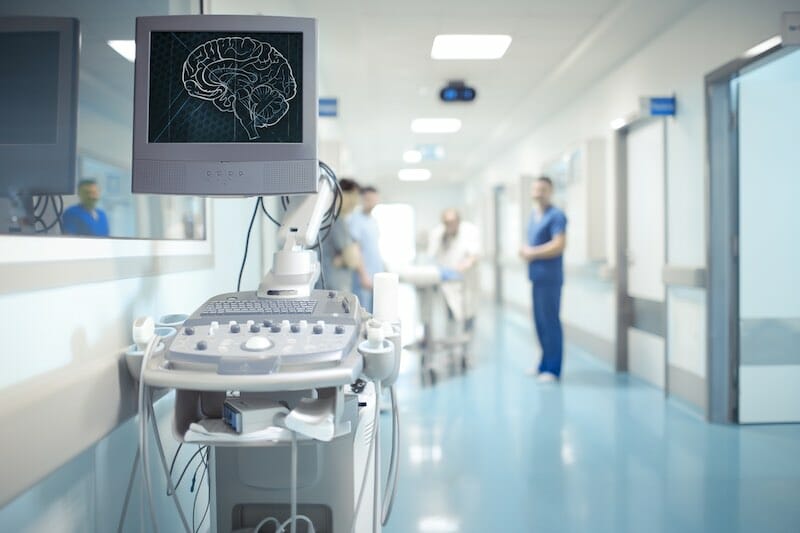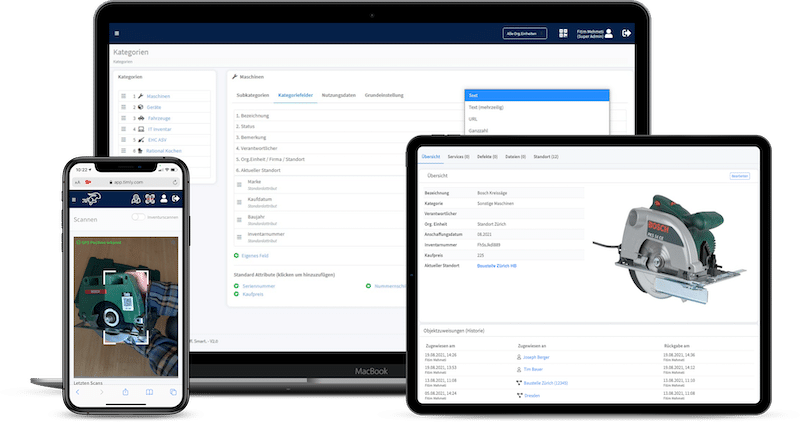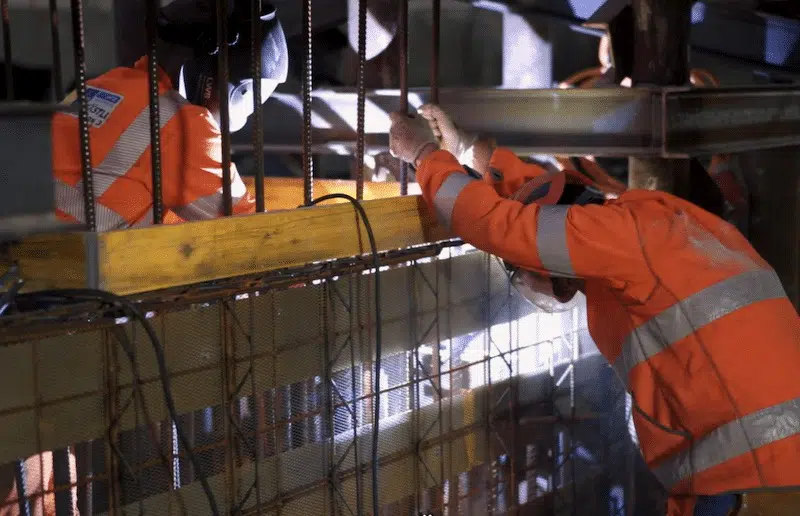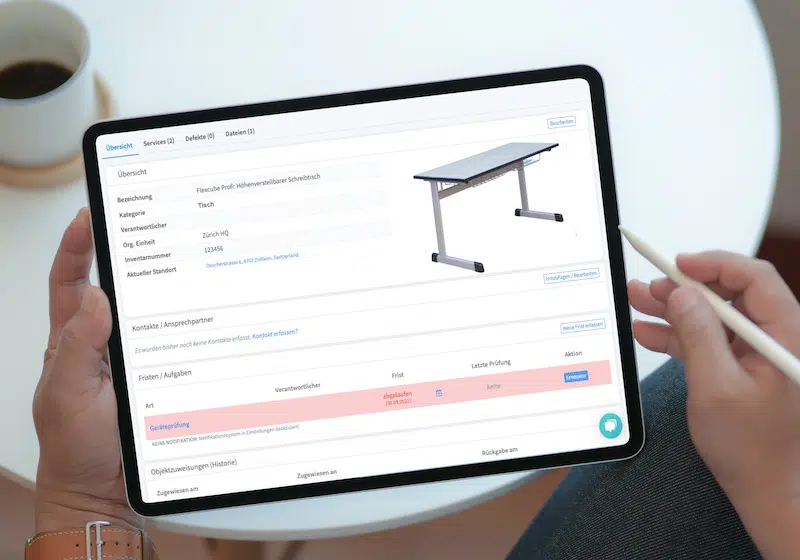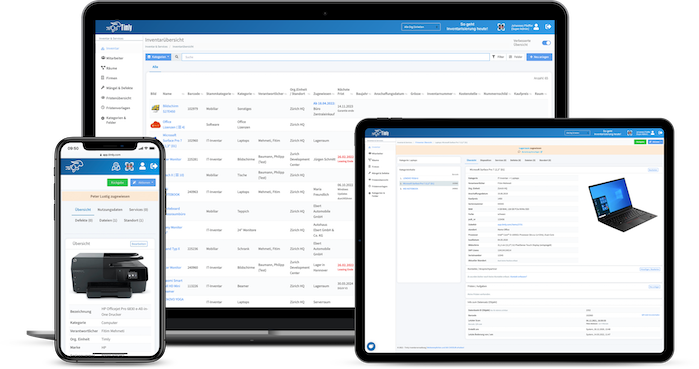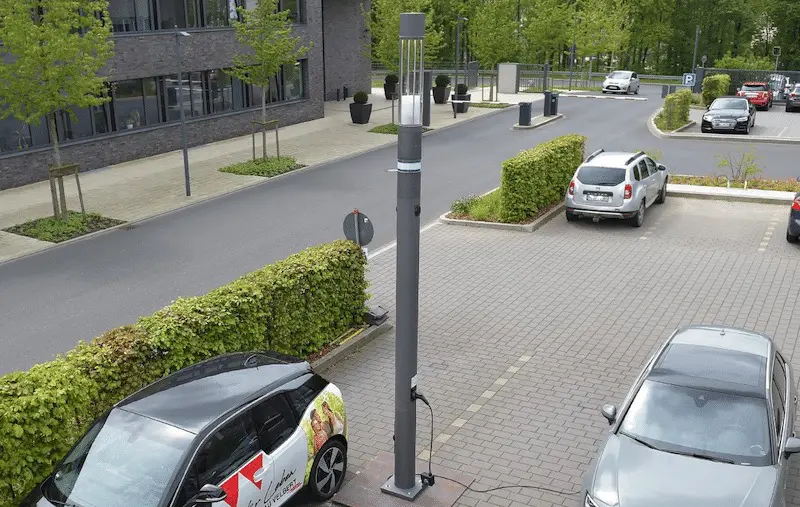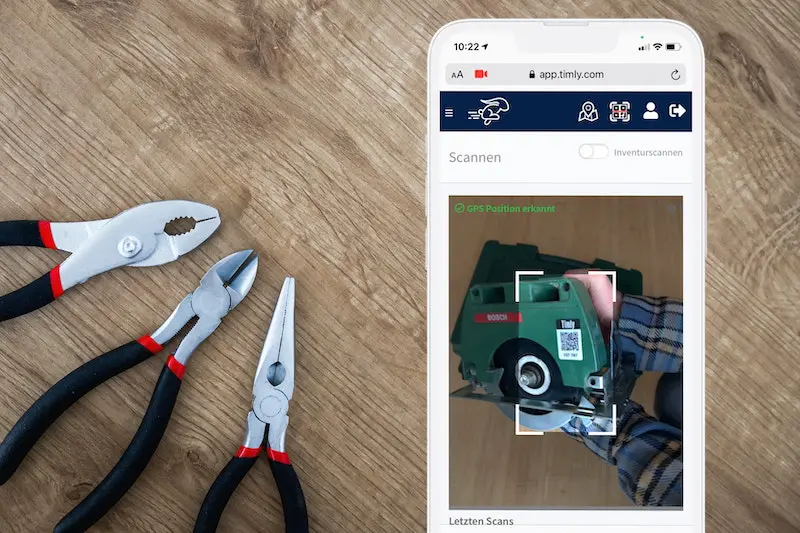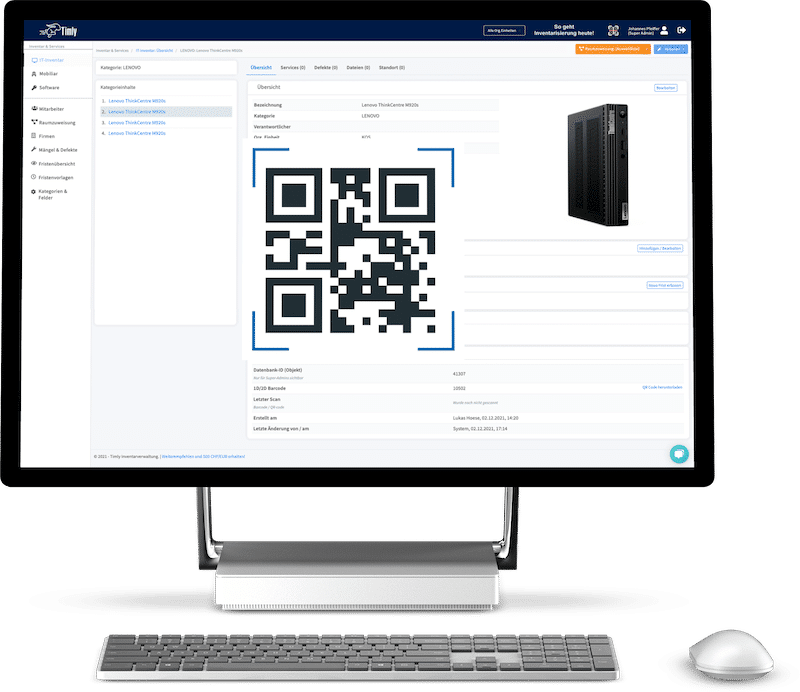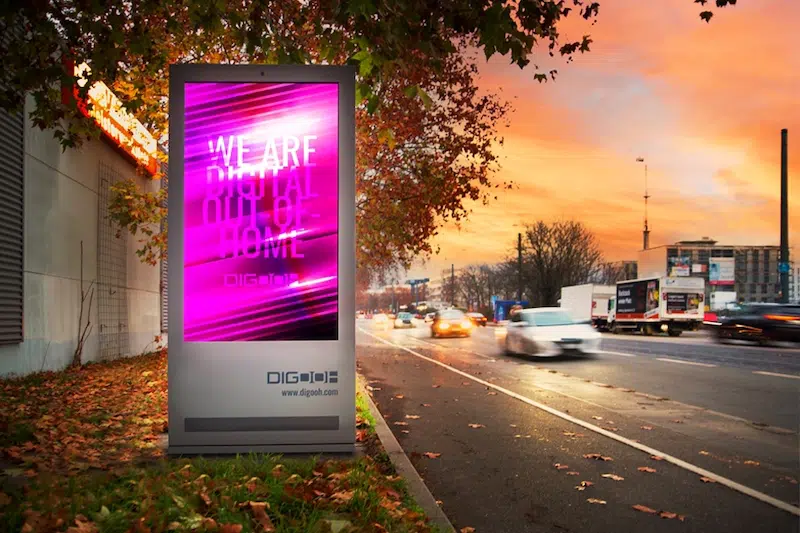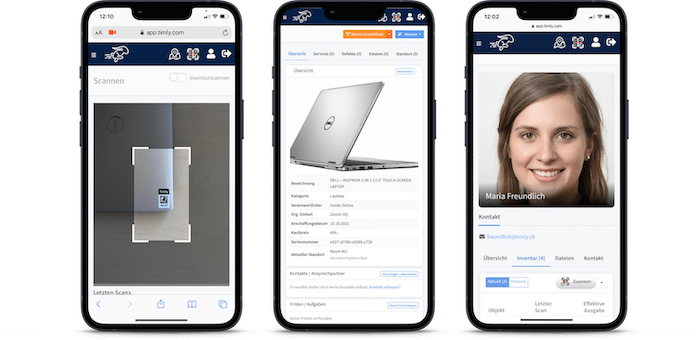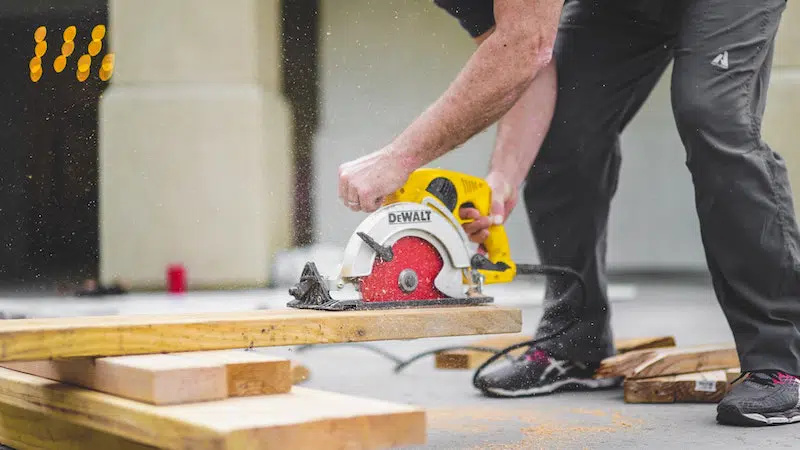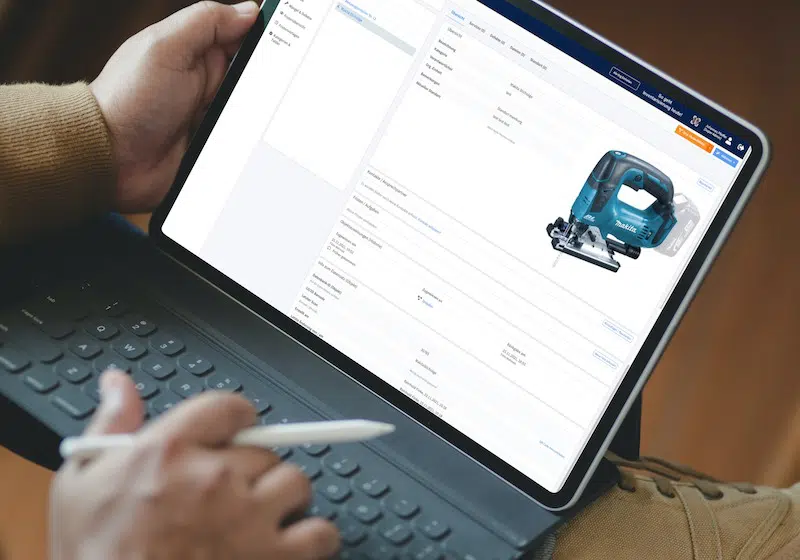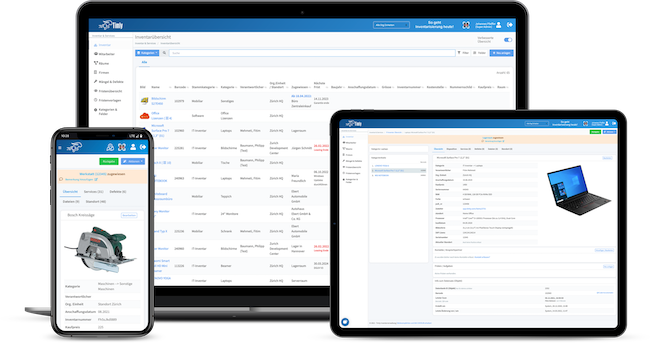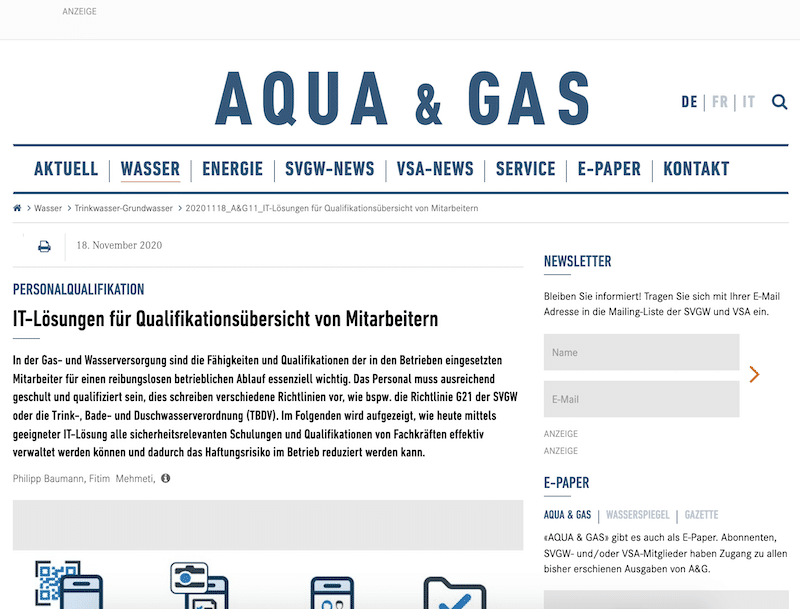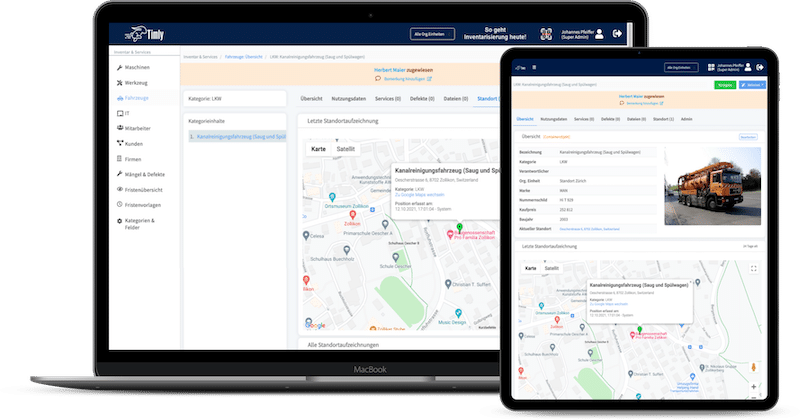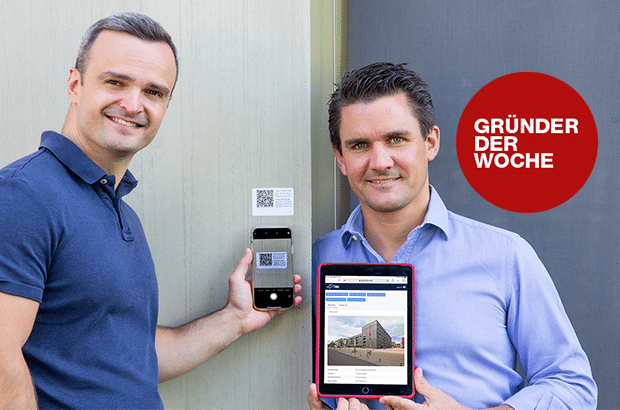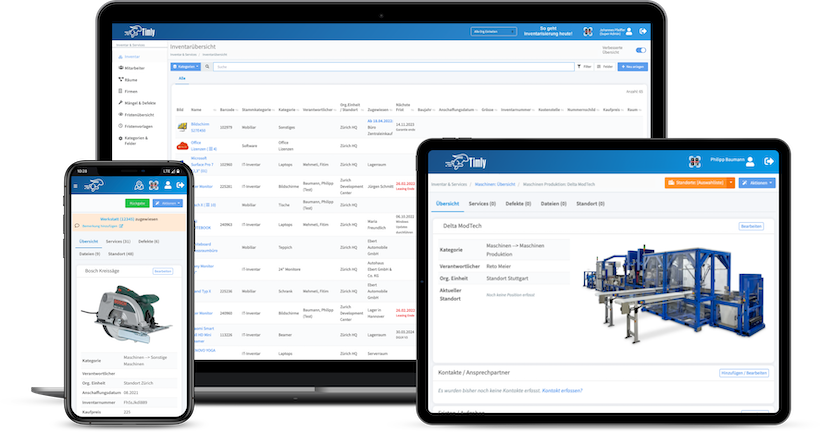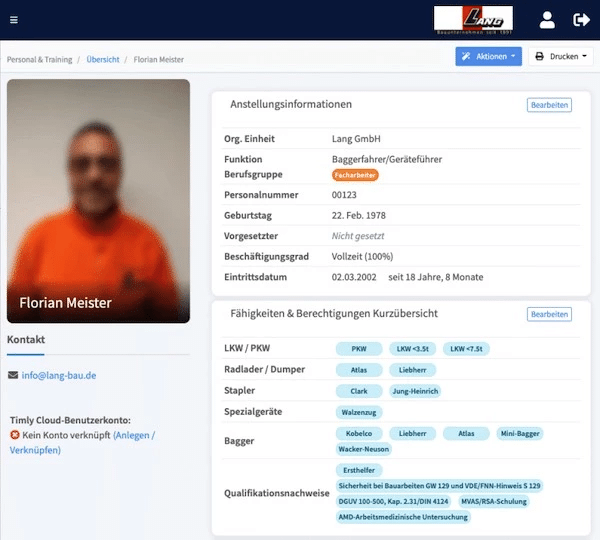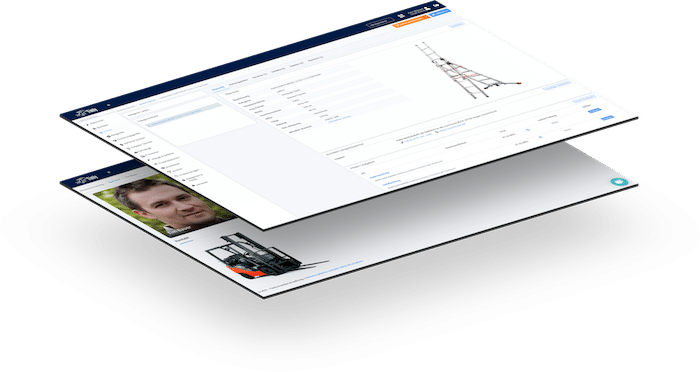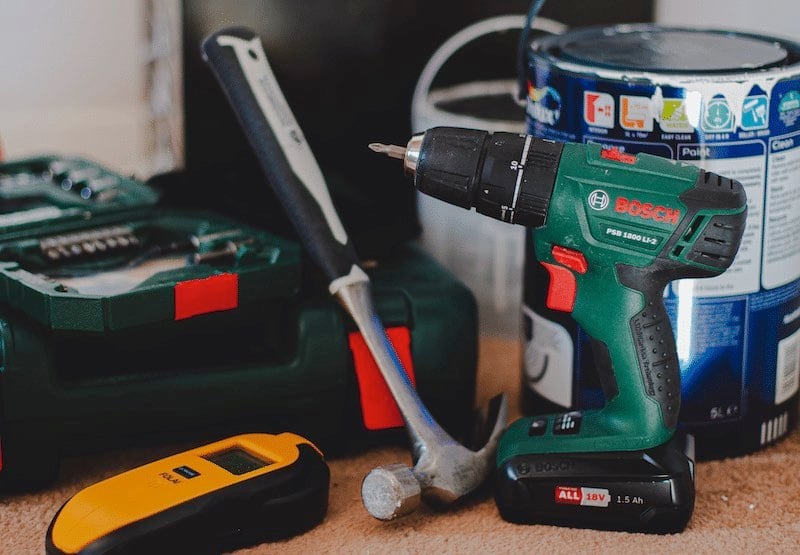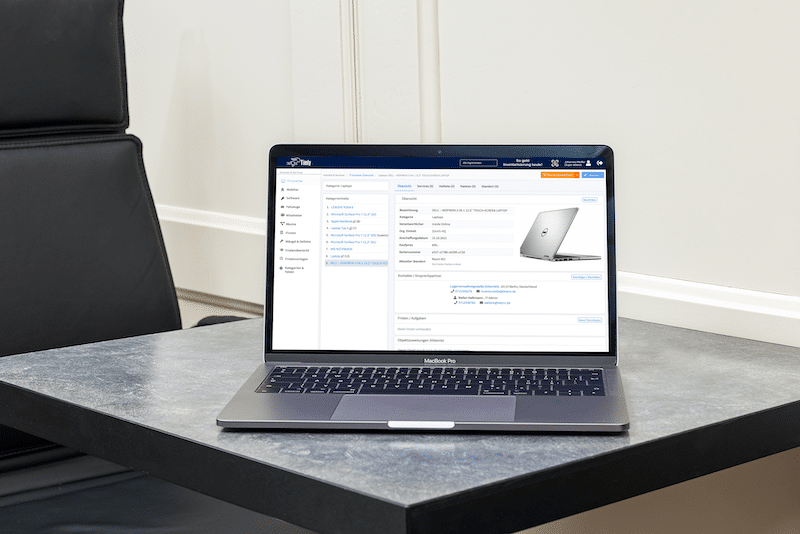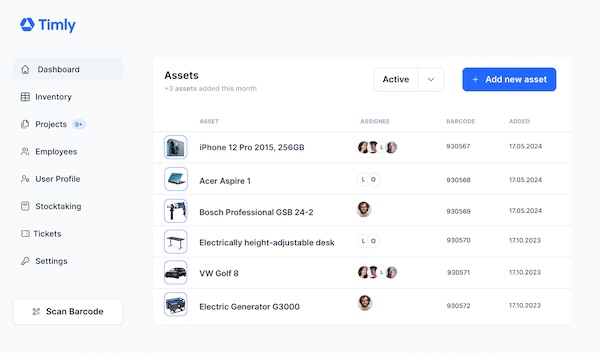
Key Takeaways:
- Predictive maintenance, using technologies like sensors and AI, enables proactive maintenance across industries, reducing downtime and costs.
- Industries like manufacturing, energy, and transportation effectively leverage predictive maintenance for optimized performance and increased uptime.
- Implementing predictive maintenance involves identifying critical assets, collecting data, setting goals, and utilizing technologies like sensors, data analytics, and cloud computing.
In This Article:
- What Are Examples of Predictive Maintenance?
- What Is Predictive Maintenance in the Food Industry?
- What Is Predictive Maintenance in HVAC?
- What Is an Example of Predictive Maintenance in IoT?
- What Is an Example of Predictive Maintenance in a Hotel?
- What Are Predictive Maintenance Examples in Healthcare?
- Asset Management Software in Use by Our Customers
- Examples of Predictive Maintenance in Specific Industries?
- What Is Industry 4.0 Predictive Maintenance, Its Examples?
- Which Industry Uses Predictive Maintenance Most Effectively?
- How to Create Predictive Maintenance Systems?
- Why Do I Need Predictive Maintenance?
- Frequently Asked Questions About Predictive Maintenance Examples
What Are Examples of Predictive Maintenance?
Predictive maintenance provides condition monitoring for businesses to minimize downtime and increase productivity. Assets are monitored, and conditions are assessed to tailor strategies specific to each industry. While the benefits of predictive maintenance are widely recognized, it’s crucial to understand which applications should be automated to determine the most suitable technology for your business. Examples of predictive maintenance techniques include infrared thermography, acoustic analysis, oil analysis, and vibration analysis.
Definition and Overview of Predictive Maintenance
Predictive maintenance software uses data science and predictive analytics to estimate when a piece of equipment might fail. This is used as a corrective means to schedule maintenance before the point of failure. The goal is to schedule maintenance at the most convenient and cost-efficient moment, optimizing equipment lifespan.
The underlying architecture of predictive maintenance solutions typically consists of data acquisition and storage, data transformation, condition monitoring, asset health evaluation, prognostics, a decision support system, and a human interface layer. Predictive maintenance utilizes technology designed as a non-destructive testing method that uses vibration analysis, thermal analysis, infrared, oil analysis, and thermal imaging.
Predictive maintenance reduces the occurance of breakdowns, maximizes asset uptime, and improves asset management strategy. It also reduces the costs of operations because maintenance is only done when necessary, thus maximizing production hours.
General Examples of Predictive Maintenance
Here are some general examples of predictive maintenance:
- Infrared Thermography: Infrared (IR) cameras are used to measure high-temperature equipment, which is innovative in detecting gas, liquid, or vacuum leaks. This maximizes equipment usage by determining wear, rusting, delaminations, and disconnections that are done automatically.
- Oil Analysis: Machine deterioration is determined by analyzing the equipment’s oil sample.
- Vibration Analysis: The vibrational level in a machine is measured and analyzed to determine if it requires maintenance. This is done by using real-time sensors to analyze abnormal vibrational patterns in the machine.
What Is Predictive Maintenance in the Food Industry?
Predictive maintenance in the food industry uses the latest technology to ensure that machines operate efficiently. This is done by using state-of-the-art tools to determine when a machine might break down. Thus, it is crucial in the food industry to maintain the uptime of the equipment to ensure successful production.
Temperature and humidity control systems are important in the food industry because they maintain stringent conditions necessary for food production and storage. Predictive equipment is used to detect various failures before they occur. This ensures smooth operations, reduces unwanted costs, improves food safety, and increases the lifespan of the equipment.
Over 600 Companies, Schools and Cities Rely on Timly
(No credit card required)
What Is Predictive Maintenance in HVAC?
Predictive maintenance in HVAC systems is a method carried out to safeguard the performance of the equipment to determine failures, thus optimizing system efficiency. It recognizes potential issues before they cause any system breakdowns and this provides companies avenues to reduce downtime, increase energy consumption, and improve air quality while reducing costs.
Advanced sensors coupled with machine learning algorithms are used to gather and read data from various sources. They are equipment performance, energy consumption, and environmental conditions. This information is then analyzed using energy asset management software to determine potential issues such as malfunctions, wear and tear, the quality of air, and energy inefficiencies.

What Is an Example of Predictive Maintenance in IoT?
Quality maintenance in IoT leverages sensors and data analytics to streamline maintenance performance. This method reduces downtime and enhances operational efficiency. For example, a fleet of cars equipped with GPS trackers tracks speed and location. The information is monitored and any changes in the data indicate that there is an issue with the vehicle’s engine. For instance, if there is a sign of overheating, a notification is sent to the maintenance team for further inspection.
A few companies that utilize predictive maintenance in IoT are:
- Chevron’s Predictive Maintenance Solution: IoT technology is used to analyze corrosion and damage in the pipeline and predict possible issues before they take place. This provides enough time for preventive maintenance, which increases safety and maximizes uptime.
- Smart Homes: Energy consumption in homes is measured using smart devices to determine if any equipment is prone to failure. This gives homeowners time to schedule repairs.
- Timly’s smart GPS tracker for IoT devices: Provides location updates at any moment, minimizing theft and enhancing searches.
What Is an Example of Predictive Maintenance in a Hotel?
Predictive maintenance is a proactive method used to maintain and enhance hotel facilities, assets, equipment and other property. This provides hotels with the means to detect issues before they become a threat. Therefore, hotels need to use predictive maintenance for elevators and heating, ventilation, and air conditioning (HVAC) units, as these are essential for the safety and comfort of their guests.
By using predictive maintenance to monitor HVAC and elevator systems, hotels reduce energy consumption, extend equipment lifespans, minimize service disruptions, and lower maintenance costs, ultimately enhancing guest satisfaction. An example of improving guest experience and reducing operational costs is using predictive maintenance to identify water quality in guest rooms. This ensures that guests have access to clear, clean, and odorless water, enhancing their overall satisfaction.
What Are Predictive Maintenance Examples in Healthcare?
Predictive maintenance is paramount in the healthcare industry because it provides functionality and reliability for patient safety and improves healthcare outcomes. By regularly inspecting and maintaining equipment in the healthcare environment, patient care and safety are optimized. However, by using IoT devices, the functionality of the assets is monitored and any issues that may arise are addressed. This ensures that devices are always at an optimum level, thus enhancing uptime while reducing maintenance costs.
Asset Management Software in Use by Our Customers
The Timly software is continuously evolving to meet the needs of our customers. In various success stories, we show you how Timly optimizes processes in companies, thereby saving significant effort. With Timly, inventory management becomes child’s play.

Optimized Device Management With Innovative Self-Inventory
SodaStream is the world market leader for water sparkling systems for domestic use and has a lot of IT equipment at its various locations. Many colleagues now work from their home offices. A digital solution for the efficient management of IT end devices became necessary...
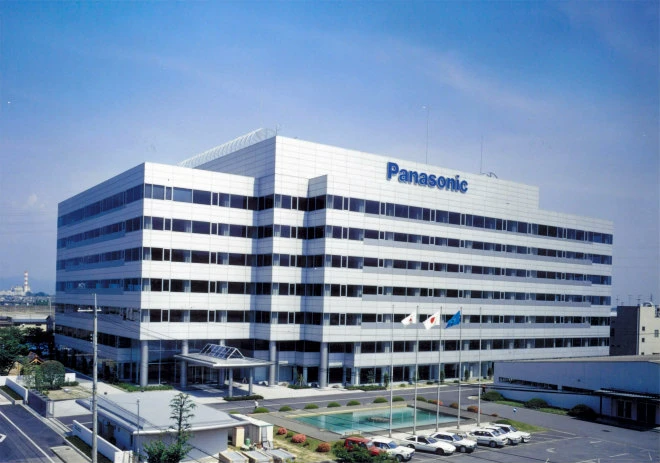
Panasonic x Timly: Driving Technological Innovation
One of the most remarkable aspects of human ingenuity is our ability to innovate. Innovation is embedded in the DNA of consumer electronics giant Panasonic, which has diversified into a number of sectors, from heavy industry to construction...
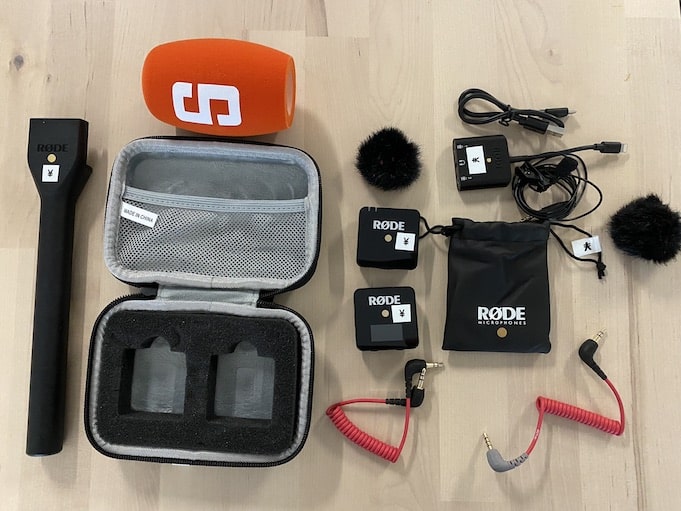
Manage Video Equipment Efficiently Without Much Effort
The Hamburg media company always does outstanding journalistic work and is characterized by independent reporting. In order to maintain journalistic quality, the teams work with highly specialized devices – these need to be managed efficiently...

Smart City Asset Management – Timly in Use at DIGOOH
The core business of DIGOOH Media GmbH in Cologne is to manage digital city light posters (DCLP) for outdoor use in various cities in Germany. The challenge here lies in making the client’s communication message always available at the right time, in the right place...
(No credit card required)
Examples of Predictive Maintenance in Specific Industries?
Here are some examples of predictive maintenance in specific industries:
- Transportation: The performance of vehicles and fleet vessels is monitored using predictive maintenance. This provides information such as mechanical wear and tear, software bugs, and potential malfunctions, which enables vehicle efficiency and operational longevity.
- Manufacturing: Industrial equipment is analyzed to define potential issues such as electrical malfunctions and wear and tear of the equipment. This ensures that the business has the necessary tool tracking software and equipment at all times for optimum production.
What Are Predictive Maintenance Examples in the Oil and Gas Industry?
Predictive maintenance is important in the oil and gas industry because it enhances uptime and reduces the likelihood of equipment failure while ensuring safety. For instance, data on a pipeline is taken from the acoustic sensors to predict when a certain piece of equipment might fail. This information is relayed to the operators so they are empowered to take the necessary steps to prevent any catastrophic issues, thus reducing unwanted costs and enhancing safety.
Examples of monitoring systems and data analysis in operations are:
- Condition-based maintenance uses various sensors, such as vibration, temperature, sound, and voltage, to predict the possibility of a machine failure. This assists operations in scheduling maintenance before it occurs.
- Predictive algorithms use information that is taken from sensors and monitoring systems to predict potential failures along transit routes. This provides preventive maintenance that ensures a reduction in spills, leaks, and other types of threats.
- Computerized Maintenance Management System (CMMS) is used to measure flow rates and pressure levels in pipelines. The information is used for maintenance work, thus reducing downtime and costs.
Predictive Maintenance Examples in Transportation
Predictive maintenance for fleet management uses information and data analytics to determine when a vehicle or asset requires maintenance. This reduces potential breakdowns, enhances efficiency, and increases costs by providing early intervention. Moreover, in fleet management, vehicle performance metrics such as fuel consumption, engine performance, and speed are analyzed to determine potential problems. This analysis enables fleet managers to organize maintenance or repair schedules, thus reducing downtime and improving the utilization of vehicles.
Predictive maintenance is crucial in the aviation industry, as it is used to monitor navigation systems, engines, and other important components. Data from flight operations is analyzed to predict possible component failures. This helps to reduce breakdowns on flights and increases the allowance for flight availability.
Examples of using data from flight operations for maintenance planning are:
- Navigation System Monitoring: Used to determine maintenance schedules, therefore reducing the risk of navigation system failures.
- Jet Engine Monitoring: The maintenance schedule is determined by using data from jet engine performance. This helps improve in-flight stability and fleet availability.
What Are Predictive Maintenance Examples in the Energy Sector?
Energy sectors rely heavily on predictive maintenance to ensure that there is a reliable and sufficient energy supply in the power generation and grid sectors. Here are examples of predictive maintenance:
- Generator Maintenance: Predictive maintenance is used on generators to determine anomalies. This is done by using sensory information, historical data, and staff experience to enhance asset performance.
- Grid Stability: The current grid line brings potential stability issues due to the upsurge in renewable energy usage. Hence, predictive maintenance detects disturbances in frequencies and power outages, which allows for real-time adjustments to the grid.
What Is Industry 4.0 Predictive Maintenance, Its Examples?
Industry 4.0 predictive maintenance utilizes technologies such as the Internet of Things (IoT), Cyber Physical systems, Big data analytics, and cloud computing. This is a manufacturing method to optimize predictive maintenance by enhancing operations and solutions.
Examples of smart factories and interconnected systems are seen in:
- Smart Manufacturing: IoT, AI, and cloud-based asset management technologies are integrated to increase productivity and uptime.
- Cloud-based Systems: Analyzes and stores an inordinate amount of real-time information, enabling remote monitoring and maintenance.
Benefits of 4.0 Predictive Maintenance
The benefits of 4.0 predictive maintenance are numerous, including:
- Reduced downtime and mitigation of unwanted equipment issues.
- Businesses save costs and enhance productivity by identifying and predicting equipment failures and preventing them.
- Optimized industry performance through data-driven insights: Predictive analytics leverages data collected from equipment to identify trends and patterns, enabling businesses to take proactive measures to optimize performance, prevent failures, and extend the lifespan of their assets.
Examples of significant improvements in industrial operations are reduced downtime, improved productivity, and maintaining optimal production levels, thus leading to increased output and revenue.
Which Industry Uses Predictive Maintenance Most Effectively?
Predictive maintenance is widely adopted across various industries due to its effectiveness in optimizing performance and maximizing uptime. Some of the industries that leverage predictive maintenance the most effectively include:
- Manufacturing: As one of the industries that adopted predictive maintenance, the manufacturing industry saw an increase in uptime and equipment reliability.
- Energy: The energy industry used predictive analytics to monitor and maintain their power grids. This boosted the industry’s uptime by 30% and equipment lifespan by 20%.
How to Create Predictive Maintenance Systems?
To create a predictive maintenance system, make sure to first:
- Identify critical assets that are important to your operations
- Determine the data that is needed for each asset. This could include sensor data, maintenance logs, and metrics.
- Lay out goals such as increasing uptime, productivity and equipment reliability.
Once this phase is done, select the correct technology, such as sensors that check vibration, temperature, and acoustic frequencies. Utilize proper data analytics software such as machine learning algorithms, cloud computing for data storage and processing, and CMMS to integrate predictive maintenance systems to streamline tracking and scheduling.
Finally, when implementing predictive maintenance for critical assets, it is essential to provide comprehensive training and education to staff. This ensures they understand how to effectively utilize the system and interpret the data.
An example of successful predictive maintenance is FedEx, whereby the company implemented a predictive maintenance system by utilizing sensor data, AI, and machine learning. The information gathered was used to predict the company’s shipment success.
Why Do I Need Predictive Maintenance?
Predictive maintenance provides various advantages, such as proactive maintenance. This enables companies to:
- Plan their maintenance schedules during planned downtime
- Reduced unwarranted and costly repairs
- Determine potential safety hazards
- Reducing unnecessary energy consumption
- Increased customer satisfaction
Examples of long-term benefits and return on investment (ROI) are reduced downtime, increased equipment lifespan, improved productivity, and cost savings.
Frequently Asked Questions About Predictive Maintenance Examples
What Are Predictive Maintenance Examples From Six Different Industries?
Predictive maintenance examples for six different industries are manufacturing, oil and gas, aerospace, energy, logistics, and the food industry. Predictive maintenance provides condition monitoring for businesses to minimize downtime and increase productivity. Assets are monitored, and conditions are assessed to tailor strategies specific to each industry.
What Is Predictive Maintenance in the Food Industry?
Predictive maintenance in the food industry uses the latest technology to ensure that machines operate efficiently. This is done by using state-of-the-art tools to determine when a machine might break down. Thus, it is crucial in the food industry to maintain the uptime of the equipment to ensure successful production. Temperature and humidity control systems are important in the food industry because they maintain the stringent conditions necessary for food production and storage.
Recommended for You:
Book an online demo - free and without obligation - or create your free trial account directly.






